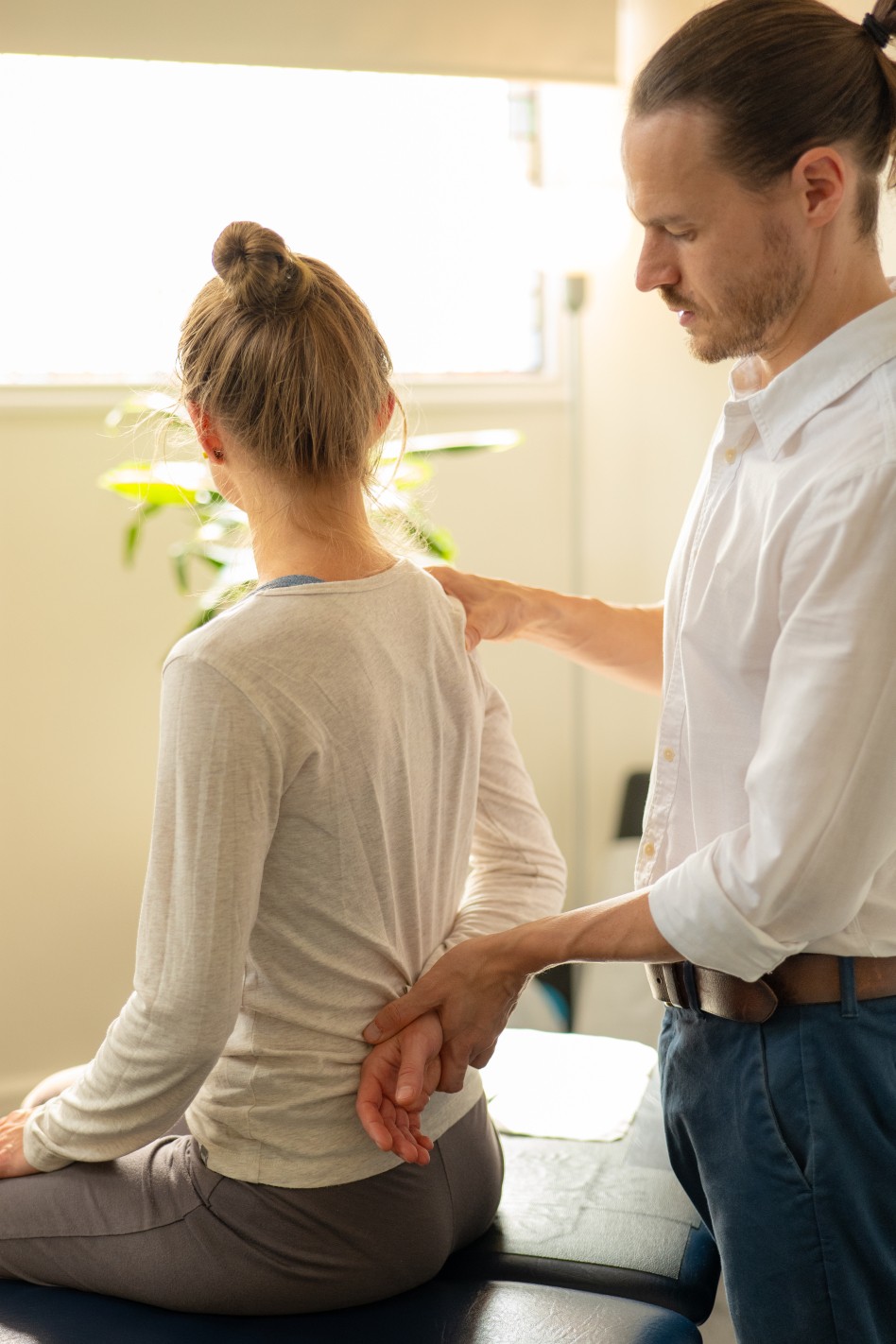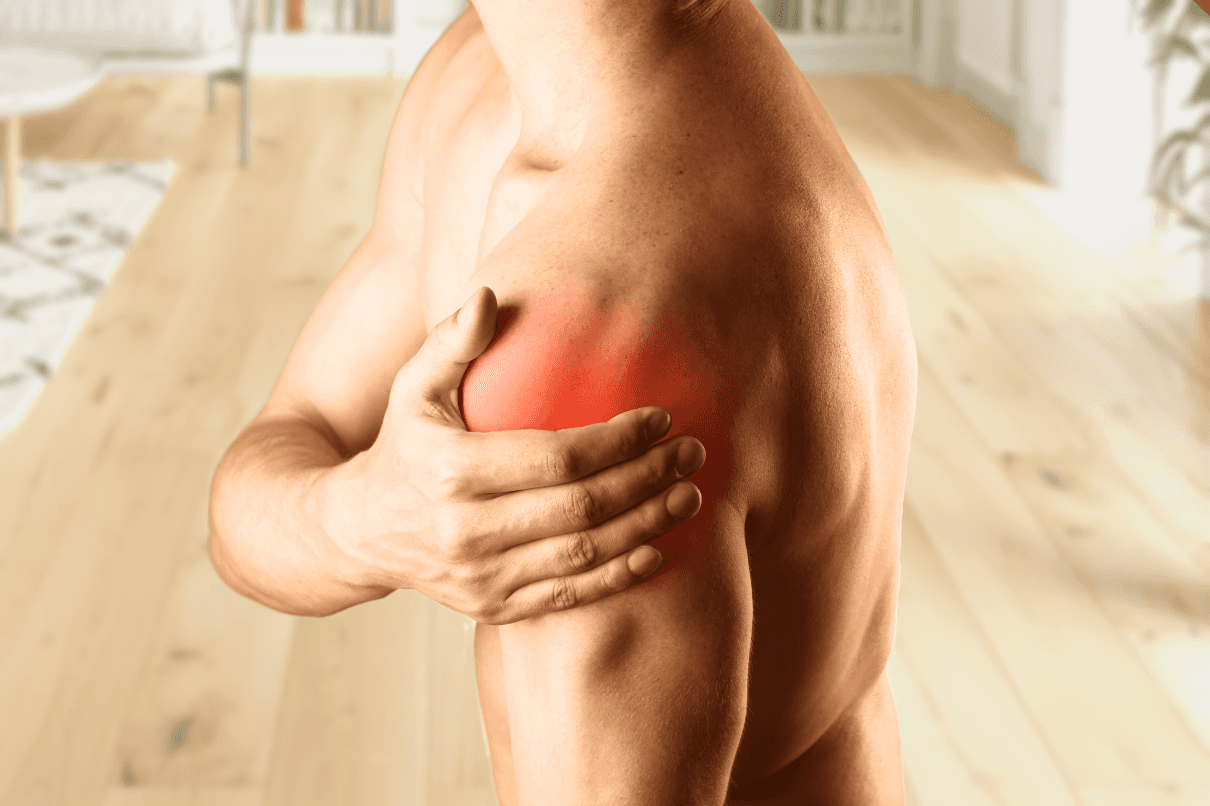Shoulder Injury Rehabilitation
Understanding Shoulder Pain: A Biomechanical Perspective
The shoulder is one of the most dynamic and versatile joints in the human body, enabling a vast range of movements critical for everyday activities and athletic performance. However, this mobility comes at a cost—its structural complexity and reliance on muscular balance make the shoulder highly susceptible to dysfunction and injury. When shoulder pain becomes recurrent, it often indicates deeper, underlying issues that extend beyond the joint itself, requiring a thorough, biomechanical approach to uncover and resolve these challenges.
The Biomechanics of the Shoulder
The shoulder complex consists of the gleno-humeral joint (the ball-and-socket joint), the acromioclavicular joint, the sternoclavicular joint, and the scapulothoracic articulation. These components work in harmony to provide mobility while relying on the coordinated function of the rotator cuff, scapular stabilizers, and myofascial slings for stability.
The myofascial networks of muscles and connective tissues, play a vital role in linking the shoulder to other regions of the body. For example, the anterior and posterior oblique slings connect the shoulder with the pelvis and core, creating dynamic stability and facilitating powerful, coordinated movements. Dysfunction in the core and pelvis may play a part in disrupting shoulder mechanics and contribute to pain.
Recurrent Injuries and Underlying Causes
Recurrent shoulder injuries are rarely isolated to the joint itself. They often stem from compensatory patterns or imbalances that exist globally. For instance:
Weakness in the latissimus dorsi or contralateral gluteus maximus, can compromise rotational stability, placing excessive strain on the shoulder.
Overactivity in the upper trapezius or pectoralis minor can cause the shoulder to protract (move forwards) increasing the risk of impingement or tendonitis.
Poor core activation can hinder the transfer of forces leaving the shoulder to absorb more stress during dynamic movements.
Without addressing these interconnected dysfunctions, treatment efforts often focus solely on the symptoms, leading to temporary relief but not resolving the root causes. This highlights the need for comprehensive testing and a functional assessment to identify and address the deeper issues driving recurrent shoulder pain.
Chiropractic Care for Shoulder Pain
Function-based chiropractic care provides a holistic approach to managing shoulder pain, particularly in cases of recurrent injuries. Specific adjustments to the thoracic spine and shoulder joints help to improve motion and enhancing the shoulder’s local mechanics. Beyond localized treatment, adjustments can be applied to other areas that may not be functioning optimally, enhancing the foundational mechanics necessary for shoulder mobility and overall movement.
Soft tissue therapies may be applied directly to the injured area or to the surrounding musculature to help restore the shoulder’s capacity for dynamic stability and efficient movement. Soft tissue work and
Thorough assessments are essential to identify and correct underlying dysfunctions in the core, pelvis, or even the feet, ensuring that the myofascial network functions optimally. This comprehensive approach allows for not only pain relief but also long-term prevention of recurrent injuries.
Preventing Shoulder Pain through Biomechanics
Preventing shoulder pain starts with fostering balanced function across the myofascial slings. Exercises that target global movements are crucial for enhancing rotational stability. Similarly, improving scapular control through serratus anterior activation and lower trapezius strengthening ensures robust shoulder mechanics.
Incorporating thoracic mobility drills and core stabilization exercises further supports the integration of the shoulder into the broader kinetic chain.
By combining chiropractic care with these preventative measures, individuals can address the root causes of dysfunction, build resilience, and maintain pain-free shoulder movement. This comprehensive, biomechanical approach ensures long-lasting results and improved overall function..

Ed assessed and understood my issue quickly and gave me lots of helpful information to solve it. I really feel like by seeing Ed I upgraded my body.

